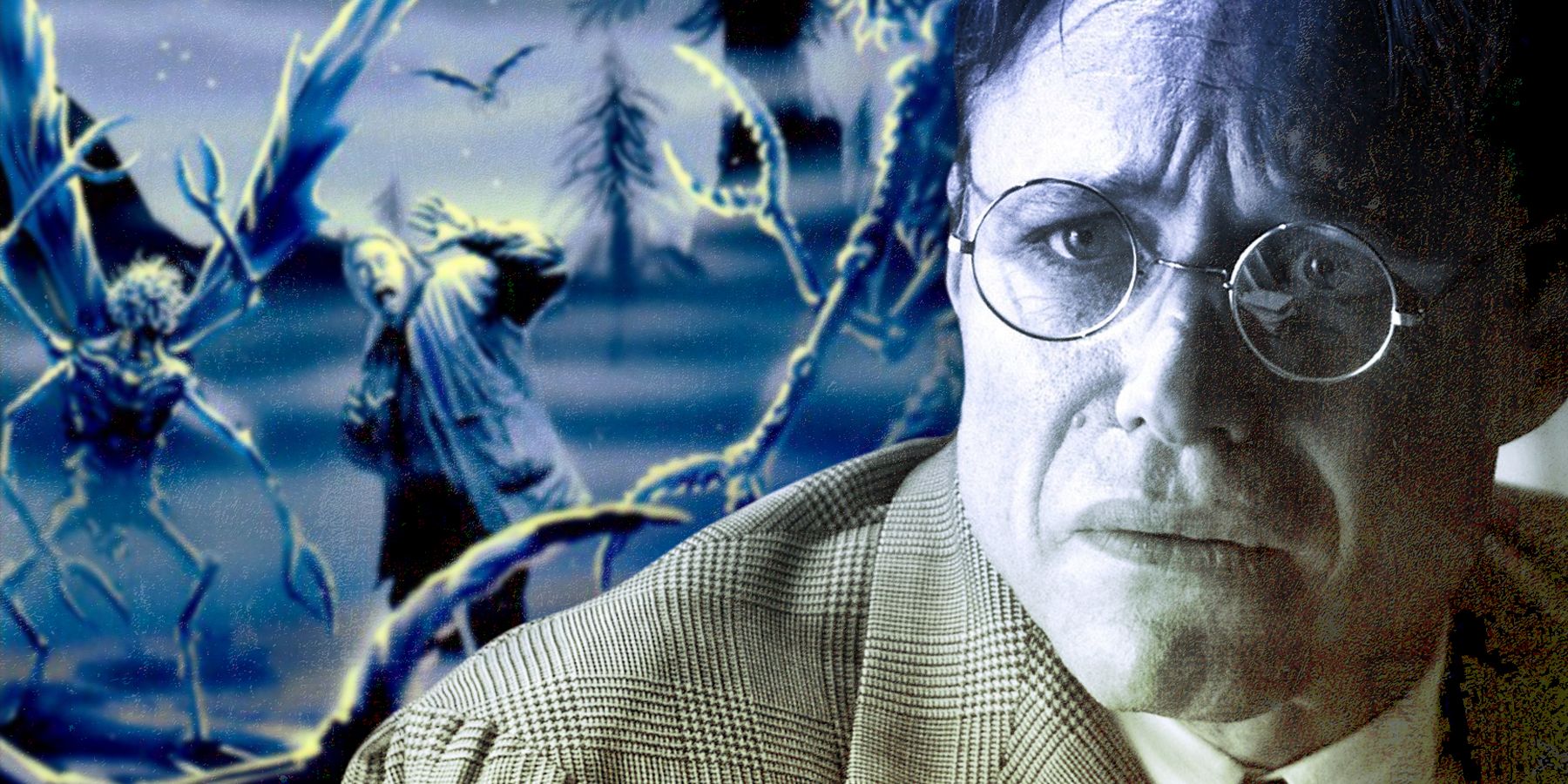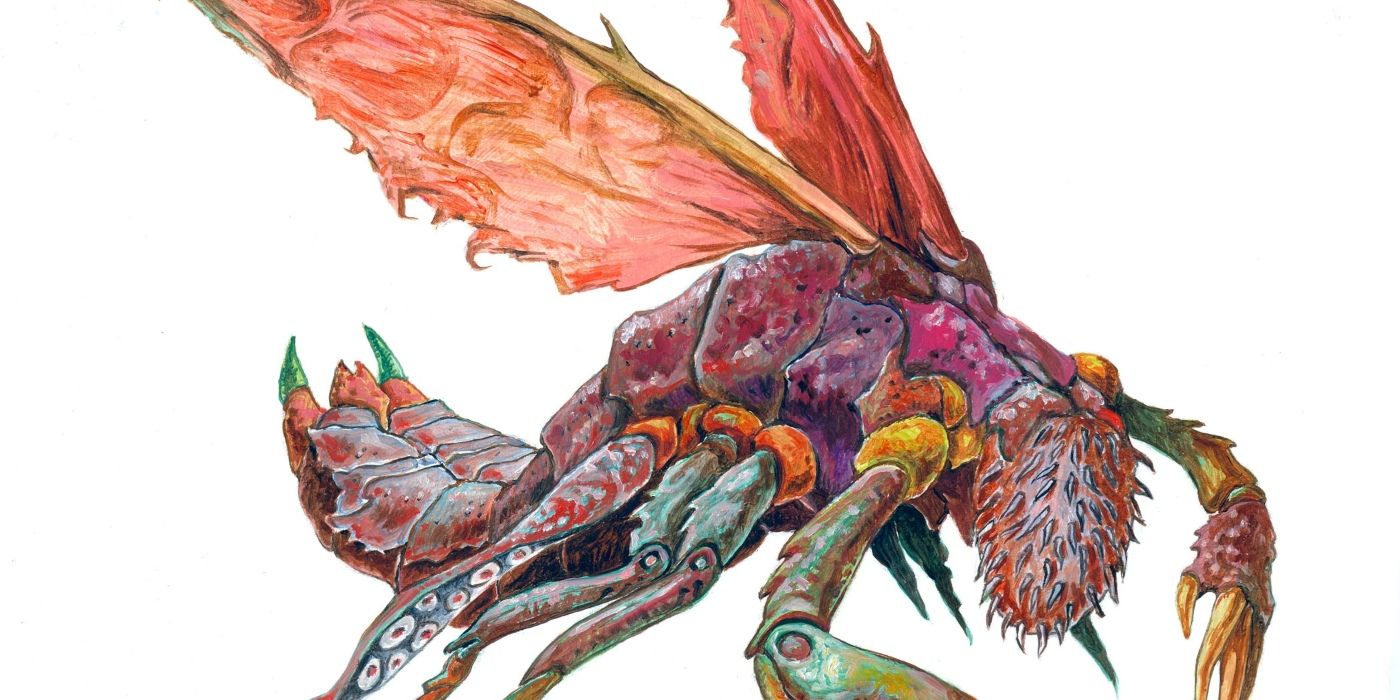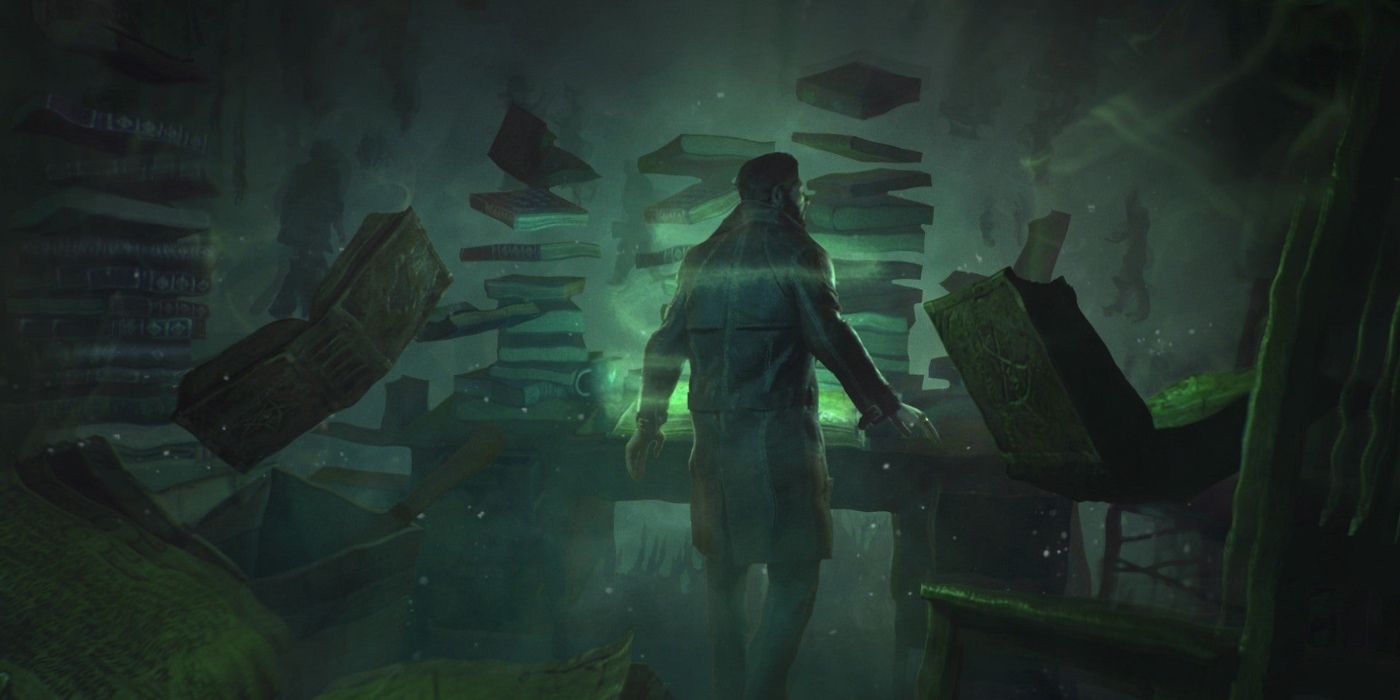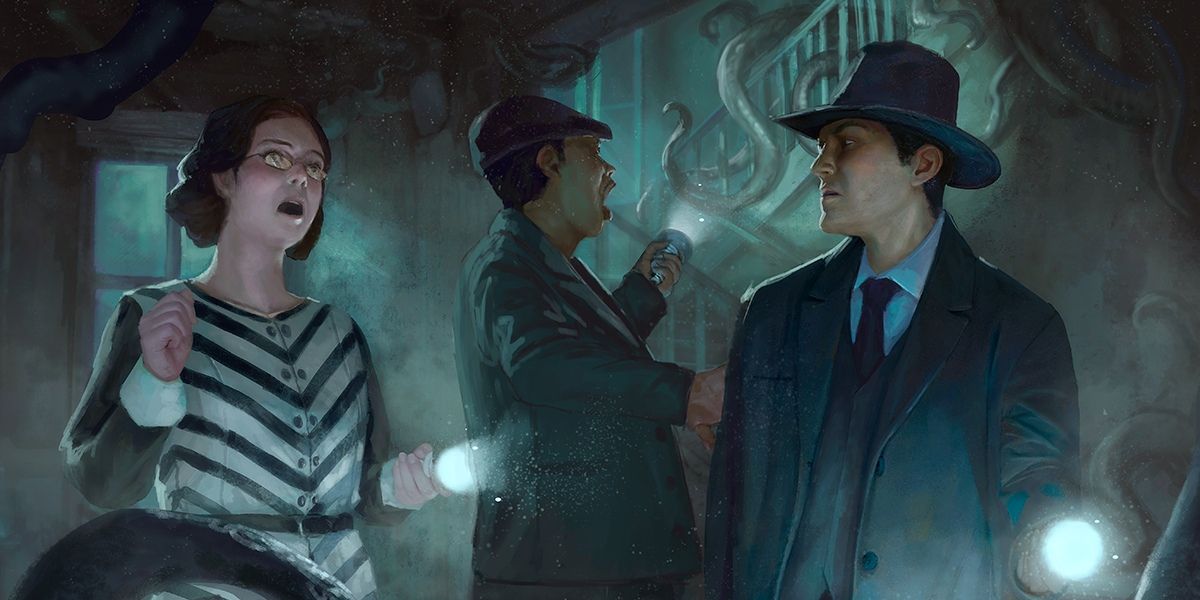Lovecraft's Cthulhu Mythos is the most well-known example of Lovecraftian horror, also known as cosmic horror. The mythos is a collection of entities, tomes, and people who share the universe and its horrors that human beings can't comprehend. Told mainly secondhand by different characters, these stories contain horrors that are terrifying in what they suggest as opposed to what is actually known. "The Call of Cthulhu" is the best example of this, as it contains many of these aspects.
Outside the works of H. P. Lovecraft himself, the Lovecraftian horror genre is going through something of a renaissance in cinema in the 2020s. Though films like Halloween and The Conjuring franchise are at the pinnacle of horror, Lovecraftian films are carving out their own niche with films like From Beyond and The Color Out of Space. With both the technology and artistry available in filmmaking today, Lovecraftian tales are becoming more mainstream in media. However, as Lovecraft's works within the mythos become more widely known, one particularly horrific story needs to be at the forefront: "The Whisperer in Darkness." Though a 2011 film adaptation by the H. P. Lovecraft Historical Society already exists in the style of a 1930s Universal Monsters film, with a bigger and with today's Hollywood technology, a lot more can be done to do the source material justice.
What 'The Whisperer in Darkness' Is About
"The Whisperer in Darkness" is one of the best and most complete tales within the Cthulhu Mythos. It's a story that also bridges Lovecraftian horror with science fiction. The story follows narrator Albert Wilmarth, an Arkham professor and folklore enthusiast, as he talks to the anxious Henry Wentworth Akeley, whose fantastic tales of an alien being in the surrounding Vermont forests is haunting his daily life. In the aftermath of the 1927 Vermont floods, reports of strange, human-sized, fungi-like crustaceans began to wash onto shores. These fantastic beings -- which are later named the Mi-Go -- also began abducting people into the forests.
Wilmarth is initially skeptical, believing them to be bodies deformed by water exposure, until he begins receiving letters from Akeley. Akeley tells Wilmarth about the numerous encounters he had with the Mi-Go, including recordings, footprints, and various traps they set for him. Realizing that he knows a great deal about the Mi-Go, Akeley sees himself as a threat, and the letters become more and more paranoid until one day, the tone of the letters changes. He invites Wilmarth to Vermont, and the curious but disturbed Wilmarth agrees to meet with him.
Akeley reveals the different knowledge that the Mi-Go are well versed in, including a pronounced talent in surgery. One specific element he describes is their ability to surgically remove the human brain and place it in a brain cylinder, where a brain is placed inside and communicates with Wilmarth. The brain says that Wilmarth should join them on a trip to Yuggoth. Disturbed, Wilmarth ventures through the house, where he makes a horrific discovery and flees.
How 'The Whisperer in Darkness' Can Impact Cinema
"The Whisperer in Darkness" possesses a rare blend of cosmic horror and a tangible fear that would elevate Lovecraftian cinema. Though much of the Cthulhu Mythos is built on the idea of explaining the unexplainable, this story provides a comprehendible fear. The idea of a population of alien creatures stalking people and forcibly removing their brains and putting them into a device is scary. But the way the story is told heightens the fear as the skeptical Wilmarth relies on an anxious participant to piece together the story with anecdotal evidence. This helps create a good horror story, but it stays mostly true through its mystery setup.
Lovecraftian films specialize in their portrayal of mystery, which "The Whisperer in Darkness" thrives in. Taking a main character like Wilmarth -- who is shown to be dismissive and skeptical -- and plunging him into an unfamiliar world where his internal logic is questioned helps elevate the horror. By being stripped of his mental comfort, Wilmarth goes from a grounded and admirable skeptic to clutching at straws and rambling like a madman as his fundamental beliefs are rendered illogical. This leads to a disturbing new world for him.
Cinema Can Capitalize on the Message of 'The Whisperer in Darkness'
What makes "The Whisperer in Darkness" a great story to adapt is that many of the themes and setups are more relevant in the 2020s than they were in the 1930s. The idea of aliens and monsters abducting people doesn't sound modern. However, with the technology available today like high-powered telescopes and more focus on alternate realities and extraterrestrial life, the idea of beings that exist beyond the known universe is far more likely and more horrific. Things like the Mi-Go, which possess knowledge and technologies beyond what humans can comprehend, make any potential meeting a scary thought. These beings exist among humans in "The Whisperer in Darkness," which makes their existence unnerving.
What helps reinforce the idea of relevancy is the constant questioning of reality in today's environment. As people grow, their connection to original values changes, which makes Wilmarth more relatable. The characters in Lovecraftian horror are presented with the idea of adapting to a new world or accepting blind ignorance. Thus, Wilmarth's apprehension and fear are more relevant in today's pragmatic society than in the past.
"The Whisperer in Darkness" is great, not only because of the horror it presents, but because it is a twisted reflection of knowledge. There are people who know everything, people who are challenged by this notion, and people who are changed by this knowledge. There is something out there, and the Mi-Go represents this. "The Whisperer in Darkness" isn't just a title. It is the void laughing in the story.




